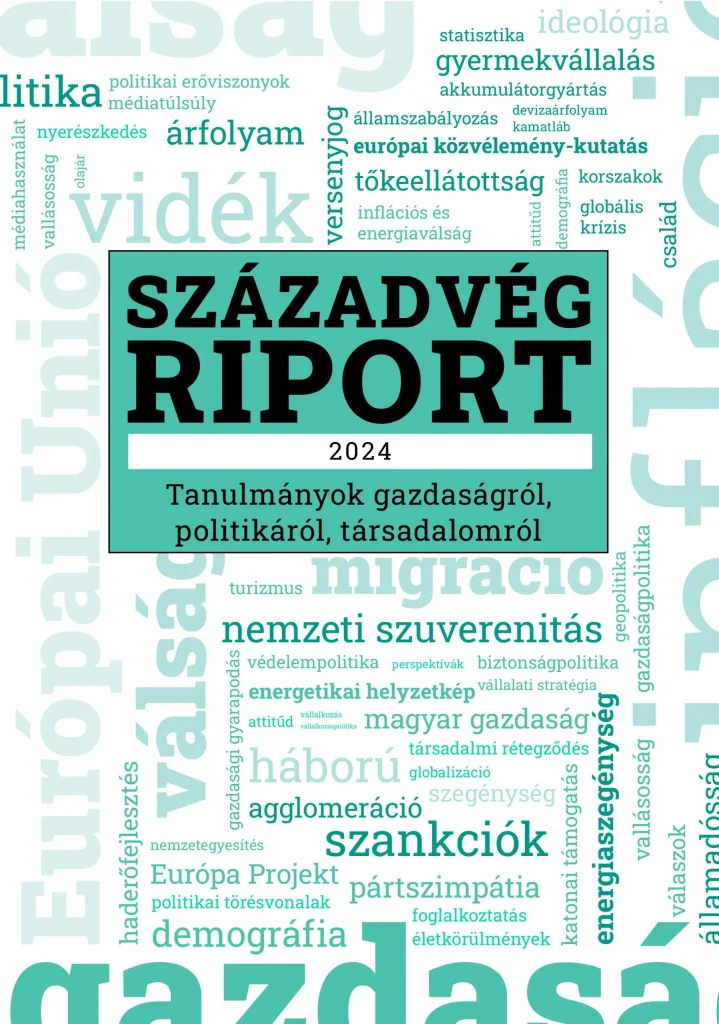At its November meeting, the Monetary Council of the central bank left the base rate unchanged from the previous month, slowing monetary easing. Thus, the base rate in Hungary currently stands at 6.5%.
In September, retail sales increased by 1.7% year on year on both a raw and calendar-adjusted basis. Within this, compared to the same period of the previous year, sales increased by 1.5% in specialised and non-specialised food shops and by 5.7% in non-food retailing, while sales decreased by 5% in automotive fuel retailing.
Measured up to October 2024, the value of the monthly SZIGMA CI indicator, which provides a snapshot of the current state of the Hungarian economy, was -0.384, showing a slight improvement on a monthly basis. Although economic growth momentum is low, this means that there is a slight improvement. The coming months will show whether this improvement was a one-off or the start of a trend.
The other indicator, SZIGMA LEAD, a short-term indicator for the future of the Hungarian economy, still forecasts above-trend growth by the end of the forecast horizon, starting with a strong upturn and continuing with a marked weakening.
In October 2024, consumer prices increased by 3.2% on average on an annual basis, i.e. annual inflation slightly exceeded the central bank’s target, but remained within the tolerance band.
The average gross monthly wage in the national economy was HUF 627,400 in September
In September, the average gross monthly wage in the national economy was HUF 627,400, up 12.5% compared to the same period last year. The highest average gross monthly wage was recorded in the non-profit sector, at HUF 638,600. The wage dynamics of the year were strongly influenced by the increase in the minimum wage (15%), the guaranteed minimum wage (10%), which came into force in December, and by government wage increases in the public sector. Median gross earnings were HUF 519,500, 15.5% higher than a year earlier. The increase shows that companies have not only increased the wages of workers on the minimum wage and guaranteed minimum wage but have also made significant wage adjustments for other employees to avoid wage compression. Taking benefits into account, average net earnings reached HUF 432,200, 12.3% higher than in the same period of the previous year. Real earnings increased by 9.2%, while consumer prices rose by 3.0%.
The SZIGMA (abbreviation of the Hungarian name “Századvég Index a Gazdasági Momentum Alakulásáról”, in English: Századvég Index of the Development of Economic Momentum) is a simultaneous and preliminary indicator system developed by Századvég for the Hungarian economy.
It is crucial for economic policymakers and analysts to have an accurate picture of the state of the economy, but statistical data are often available with considerable delays. In contrast, the SZIGMA indicators provide information on the economic cycle and the business cycle within 30 days of the reference month, on a monthly basis.
The indicator system consists of two indicators, the SIGMA CI, which summarises the current state of the economy, i.e. information extracted from simultaneous variables, and the SIGMA LEAD, which provides preliminary information on the expected economic trajectory. A positive CI index means that economic growth is above the historical trend, and a negative CI index means that growth is below the historical trend. The SIGMA LEAD indicator provides a short-term forecast for a 9-month period. If the SIGMA LEAD indicator is positive, growth is expected to be above trend in 9 months’ time (i.e. three quarters of a year later), while if it is negative, growth is expected to be below trend in the near future.
